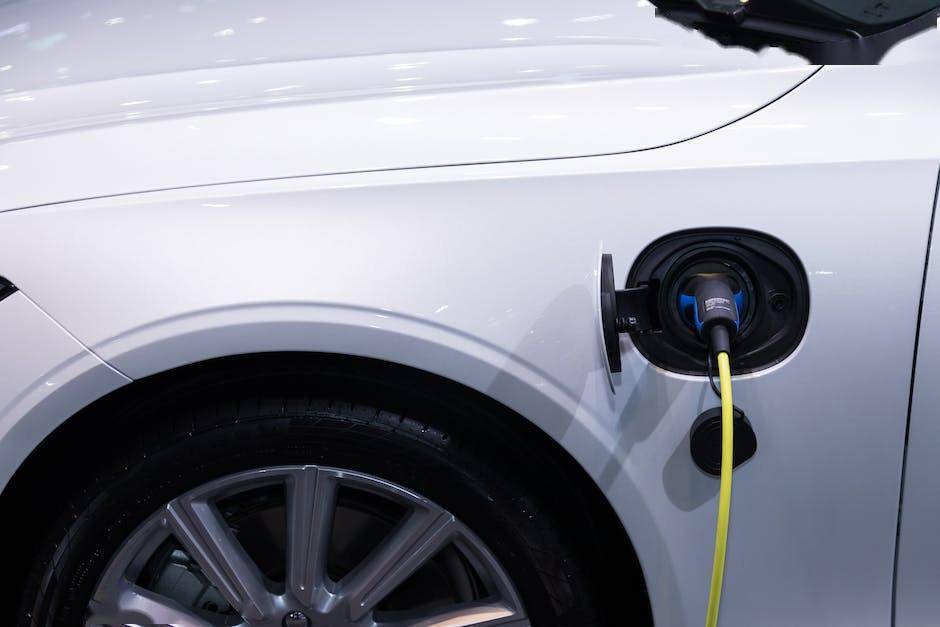
This paper will explore operational amplifiers suitable for electrochemical gas sensor applications such as ethanol and carbon monoxide (CO). The amplifier performance required for such applications will also be discussed to help ease portable devices accurately measure ethanol and CO with lower power consumption and better results.

This article will discuss the advantages and challenges of four battery chemical components (lithium ion, lithium iron phosphate, lithium polymer, and nickel-metal Hydride) in battery applications below 30V, and how battery charging ics for these battery types can improve battery performance, uptime, and service life in applications.

This article will explore the path to developing secure devices by introducing 13 best practices for iot security and how to implement these best practices in iot applications to ensure regulatory compliance

Leveraging the plug-and-play capabilities of NoC technology has become an effective strategy to accelerate the integration of RISC-V based systems, an approach that facilitates seamless connectivity between processor cores or clusters and IP blocks from multiple vendors.

Since 2000, the role of the sensor is to detect the physical signal and then provide it to the upper layer for use, so it is a single MEMS and analog front end, doing some digital circuit signal processing, and then directly converting the physical signal into an electrical signal to provide it, and the relative function is relatively single.

When we talk about time-of-flight (ToF) technology, the most important thing to consider is embedded vision technology, which has changed dramatically over the years. From its first theoretical formation in the 1970s until today, the technology's leap forward has ushered in a new era of advanced imaging for autonomous mobile robots (AMR). The most common use of AMR is in industrial warehouses, where ToF technology plays a key role in helping robots sense their surroundings with optimal accuracy.

5G network has the characteristics of high speed and low latency, and with the rapid development and deployment of 5G technology, the practicality of Vehicle networking (Vehicle-to-everything or Vehicle to X, V2X) has been improved, and the development speed of vehicle networking applications has also been accelerated.

In the process of achieving the "dual-carbon" goal of "carbon peaking" and "carbon neutrality", the widespread existence of iot devices is an important starting point. According to a report released by market research firm IoT Analytics, the number of global iot connections will reach 14.3 billion in 2022. That number is expected to grow another 16 percent to 16 billion by 2023.

In order to improve the portability of devices in the rapid development of high-speed 5G networks, related products are facing the challenge of miniaturization, and in every market, designers are facing an increasing demand for miniaturized devices, which means that internal connectors must also be made smaller. This article will explore the challenges of miniaturization across industries and the product features of miniaturized connectors introduced by Molex for 5G applications.

Architectures such as Texas Instruments' Programmable Real-Time Unit Industrial Communications Subsystem (PRU-ICSS) can support industrial Ethernet rates of 1,000Mbps for field devices, especially with the new time Sensitive Networking (TSN) protocol.

Smart sensors are sensors with information processing functions. Dr. Finkbeiner demonstrated the basic structure of smart sensors with an example composed of MEMS accelerometers, MEMS gyroscopes, ASics, and MCUS. "This is what we call a smart sensor, and of course we also run software on this sensor."

STMicroelectronics' first vehicle gauge machine learning solution, SL-AIAID012401V1, consists of the AEKD-AICAR1 evaluation Kit, AIAI plug-in and AutoDevKit Vehicle gauge development board. It can recognize four car states: parking, normal road conditions, rough roads, wheel sidescarding or sudden swerving.

Multiplex applications have some common requirements: there are many channels that need to be monitored. In general, an ADC monitors all channels sequentially; Channel voltages are usually independent of each other; There are strict limitations in terms of system size and power consumption. Because of these requirements, designers face some challenges.

For high-bandwidth applications in large data centers, 5G communications, and space-grade applications such as satellites, there is a huge demand for miniaturized power supplies. Due to the limited on-board space for embedded applications, enterprises need small power supplies with higher power density. Thus, depending on the application, the power density can be understood from different perspectives, but the ultimate goal remains the same, which is to reduce the size and thus increase the power density.

In electric vehicle (EV) charging systems and photovoltaic inverter systems, current sensors measure current by monitoring the voltage drop on the shunt resistor or the magnetic field generated by the current in the conductor. These high-voltage systems use current information to control and monitor power conversion, charging, and discharge.

SiC band Gap (WBG) devices are critical for applications such as automotive and renewable energy today. As our world moves towards using sustainable energy sources (mainly electricity), energy efficiency is more important than ever.

A common question engineers face when designing power supplies for noise-sensitive systems using clocks, data converters or amplifiers for medical applications, test and measurement, and wireless infrastructure is how to improve accuracy and precision while minimizing system noise

As the world moves towards greater use of renewable energy, the storage and conversion of this energy used in everyday homes is being transformed. In this article, we will highlight a presentation by Jacob Mueller, senior technologist in Sandia National Laboratories' Energy Storage Technologies and Systems Division, on the key trends and challenges involved in this transformation, which highlights the role of power electronics and energy storage.